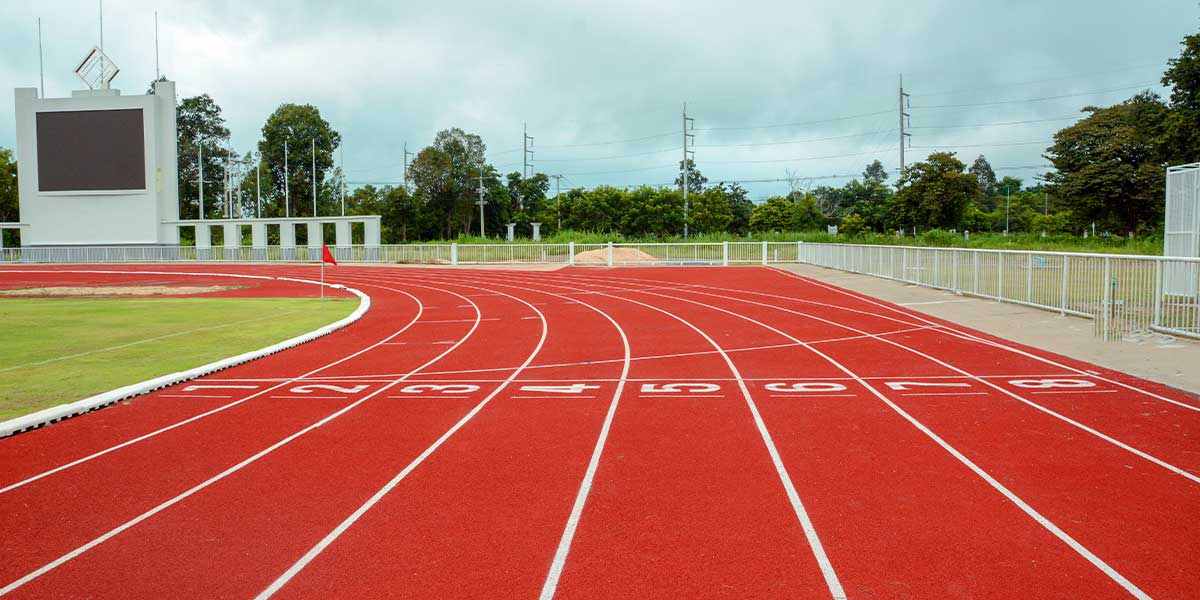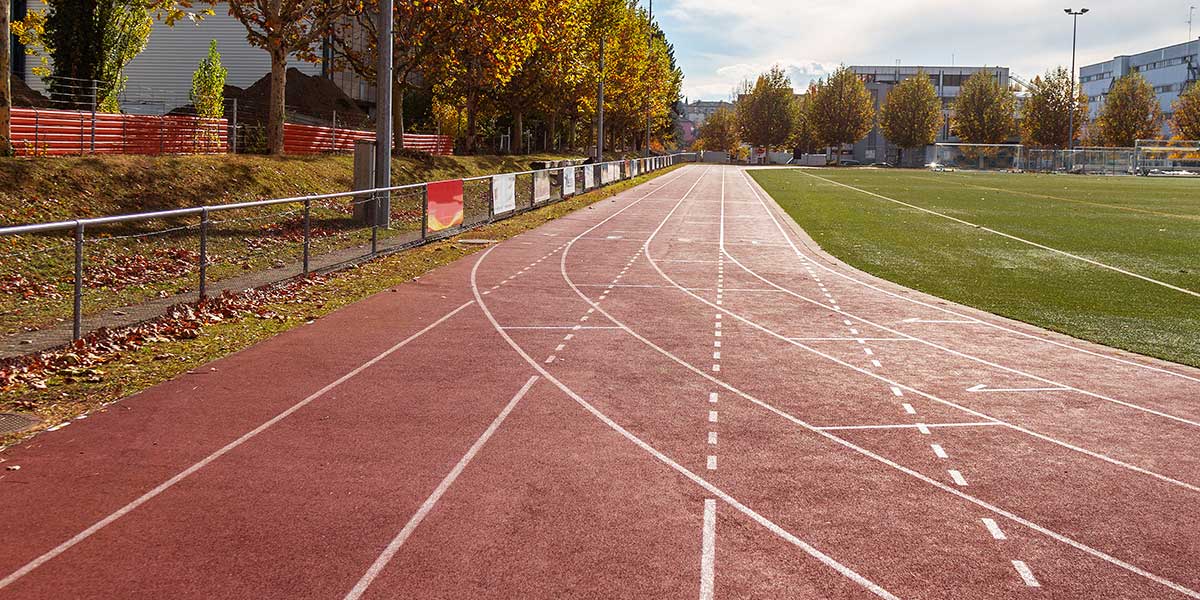The running track used in parks and gardens and the sports tracks for professional use consist of various materials. SBR and EPDM rubber materials are required for athletic tracks, especially those designed for venues where professional athletes such as the Olympic stadium will compete. During the sandwich system running track construction phases, first of all, the slope of the terrain is checked and all components are leveled.
All rubber and granular materials should be used in layers to form the required flat surface. Public tracks primarily have a red plaid floor structure, but other materials can also be used here. By contacting us, you can get information to build an athletic track in the allocated area. We are building an outdoor running track all over Turkey with a team of the best materials and industry professionals.
The construction of running track is a very professional job. Even the track’s line drawing technique requires extreme professionalism. Such sportive structures do not leave opportunities for amateurism and error. The International Athletics Federation (IAAF) has extremely strict regulations, which makes it difficult to obtain an IAAF license.
All requirements must be fully met. Below is a list of materials needed to make an athletic track. The following are the stages of building an athletic track:
- It is ensured that the soil is compacted, flattened and uneven. After the substrate is tightened and flattened, the composite material should be positioned to have a drainage channel.
- When adjusting the inclination of the ground according to the height of the level, the range of 0.5% to 0.7% is taken into account. Topcoat materials can be placed after composite drainage materials are placed.
- After the necessary infrastructure works are completed on the track, asphalt should be laid at a height of 10 cm. It is very important to create a flat asphalt layer. It is not necessary to use only asphalt-based materials. In cases where asphalt cannot be supplied, it would be reasonable to pour concrete at a height of 10 cm and level it.
- The most important factor to consider when building a 10-centimeter floor is variation. It is made to ensure that the track does not change more than 3 millimeters.
- With the application of polymer, a layer is formed on the concrete floor and under the rubber floor.
- The SBR rubber granulate should be prepared with a binder and then poured onto the polymer. Thus, the sandwich system running track is of higher quality.
- The SBR granules are poured and distributed evenly over an area of 8 to 10 millimeters. 4 to 5 millimeters of EPDM granules are poured for the top and top coat.
- Arrangements are made for both layers with the help of heated machines. Finally, the track is prepared and the lines are drawn using striping equipment.
Sandwich System Running Track Features
The net track length of 400 meters is one of the most notable standards for IAAF-approved athletic facilities. Whether it is much longer or much shorter, it is not a situation that gives athletes an immediate advantage in this field. The length must be continuous and take the form of a full 400-metre lap to meet the requirements. In addition, it is important to avoid designing runways of different lengths, such as 401 or 398.
A direct drainage system has been established on approved public tracks that have the necessary permits and can be used for professional purposes. It is noted that both the composite material and the polyurethane flooring are of the highest caliber. If these materials are found to be of insufficient quality during inspections, approval is not granted. Since there is no IAAF approved runway, it will not be possible to plan various activities. Permission to comply with the standards cannot be obtained for each runway. You can get help from our business while making the track, and you can ask for special studies to be carried out as you wish to ensure the necessary criteria.


